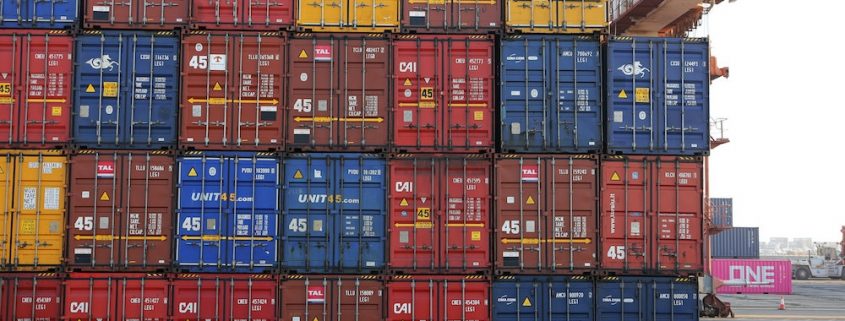Decarbonization in the Shipping Industry
There are some major changes underway in the shipping industry. Recently, several major organizations in the industry committed to decarbonization by 2030. Today on the blog we’ll look at the significance of this commitment.
Support for $5 Billion Research Fund
Back on March 10, 2021, representatives from all over the industry came together to announce something big. They were supporting a proposed $5 billion fund to develop and support decarbonization in the industry. Eight governments backed this proposal and submitted it to the International Maritime Organization (IMO) for review. This is significant for several reasons.
For one, without coordinated international efforts like this, decarbonization is simply a pipe dream. It is an initiative that requires international cooperation. So, with eight countries (Nigeria, Switzerland, Singapore, Greece, Georgia, Liberia, Malta, and Japan) and several large organizations (BIMCO and IMCA to name two) backing the proposal, this signals true cross-national commitment. Additionally, the funding proposal itself is targeted with very particular goals to drive change. It would create a research and development board which would fund R&D efforts across the globe, including in developing countries.
This is a key commitment, as currently there aren’t the necessary technologies to decarbonize the industry at scale. So, with this plan in place, the foundation is in place for accelerated change.
Decarbonization: A UN Initiative
This proposal is actually in response to an initiative from the United Nations. Back in 2018, UN delegates associated with the IMO agreed to reduce total emissions by 50% (from levels in 2008) by 2050. The recent proposal is a sign of additional commitment to specific action steps to help meet this goal. By putting funding behind research and development for emerging technologies, the industry will be able to create a decarbonized future that can reduce environmental impact and also create sustainable practices.
Potential Solutions: Ammonia and More
Creating these low- and no-carbon solutions will be a challenge. However, there are already some ideas about how this might develop. One such solution is ammonia. Ammonia is a fuel source that doesn’t emit any carbon when it’s burned. Also, it can be made fairly simply with renewable electricity, air, and water, and it can be stored much more easily than other fuel sources like hydrogen. Plus, it boasts an extremely high energy density, making it an ideal fuel source.
However, there aren’t currently any shipping vessels with the equipment to burn ammonia for fuel. Plus, nobody is creating ammonia in a climate-friendly way at scale currently. So, these are two areas to be on the lookout for over the next several years. It’s likely that some of the projects from the $5 billion research and development fund will focus on green ammonia production and creating ammonia-fueled ships. There are some other options innovators are considering as well. For example, hydrogen could be a potential fuel source going forward. Additionally, innovative fuel cells and wind-harnessing technologies are in the works.
One thing is for certain: there’s a revolution in the shipping industry to move towards greener, more sustainable practices. This is an exciting and necessary step as we try to protect the environment while serving consumer and business needs across the globe.
Moon Trailer Leasing offers mobile offices to companies and organizations across Kentucky, Indiana, Ohio and Tennessee. We have offices of all sizes for rent and sale. Call 502-776-2199 for a fast and free quote.








 Are you looking for new cargo shipping containers for sale in Lexington, Kentucky? Moon Trailer Leasing offers one of the largest selections of used and new cargo shipping containers for sale in Lexington, Kentucky and throughout the region. Our company has been purchasing new cargo shipping containers and refurbishing used ones for nearly three decades.
Are you looking for new cargo shipping containers for sale in Lexington, Kentucky? Moon Trailer Leasing offers one of the largest selections of used and new cargo shipping containers for sale in Lexington, Kentucky and throughout the region. Our company has been purchasing new cargo shipping containers and refurbishing used ones for nearly three decades.